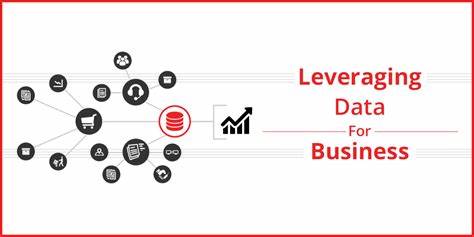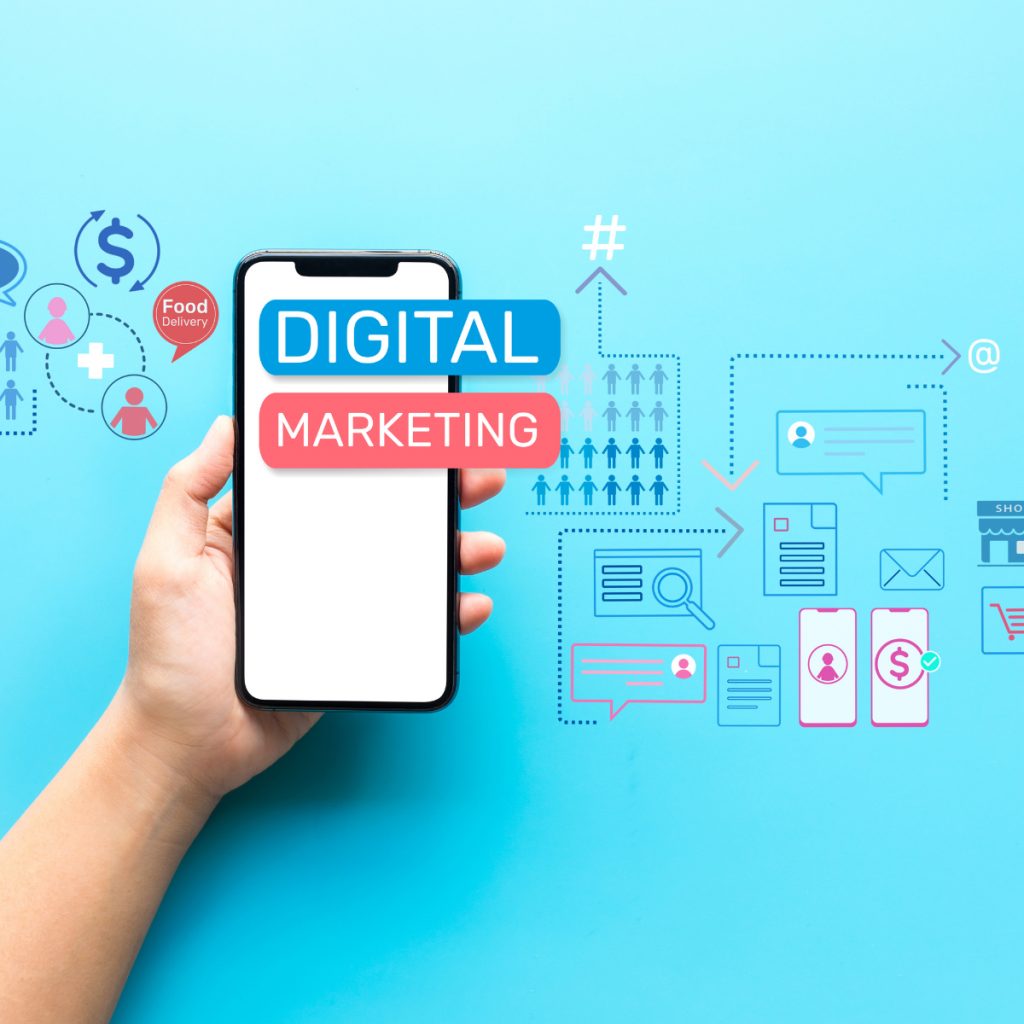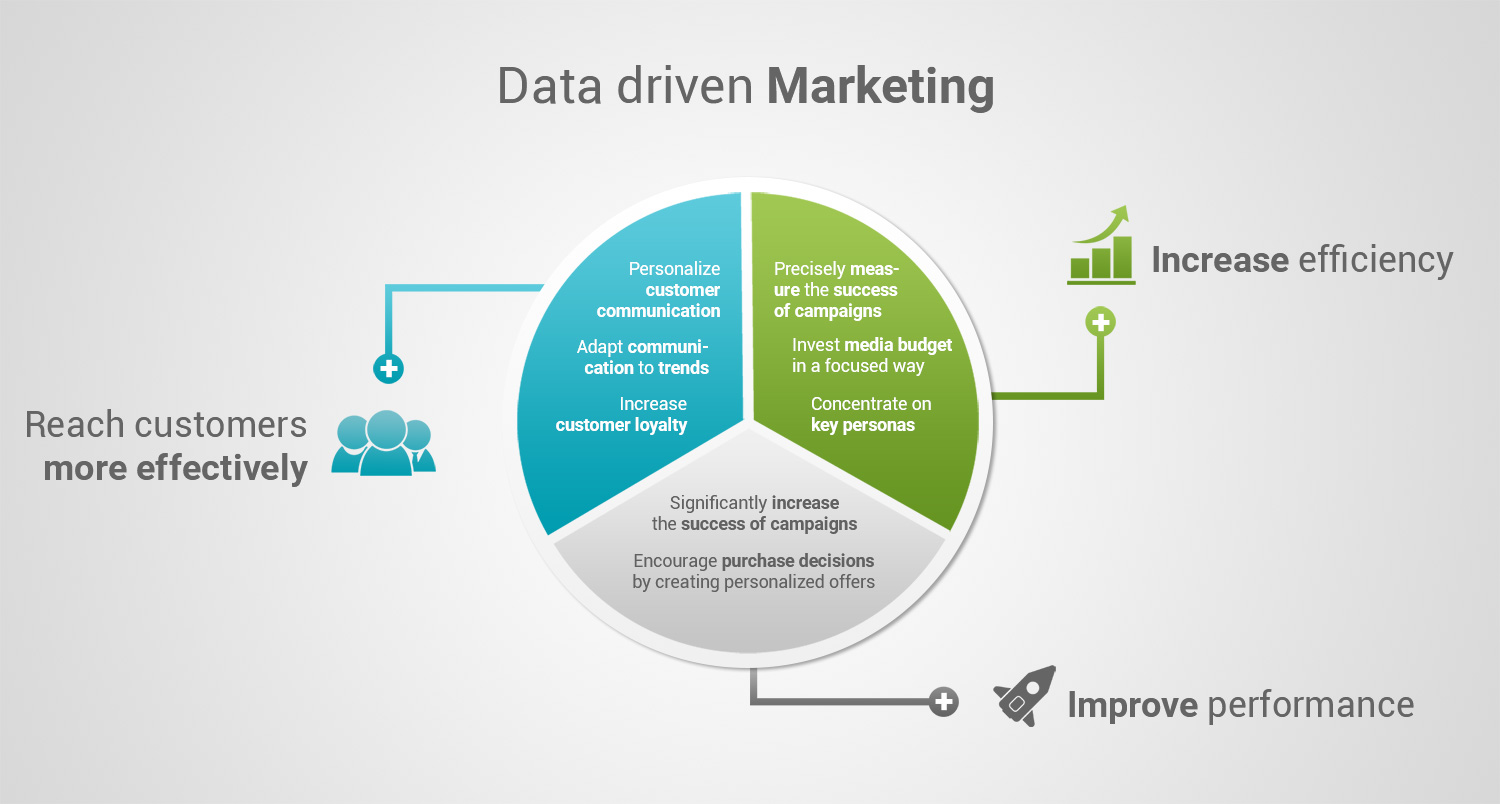In today’s competitive digital landscape, data has become the backbone of successful marketing strategies. Businesses that effectively use analytics can create personalized campaigns, optimize performance, and maximize ROI. Understanding your audience, monitoring trends, and making informed decisions are critical to staying ahead. With tools and technologies advancing rapidly, utilizing data strategically is no longer optional—it’s essential. This article explores the importance of leveraging analytics for smarter decisions and provides actionable steps to enhance your campaigns.
1. The Role of Data in Digital Marketing
Data allows marketers to understand customer behavior, preferences, and needs. It provides insights into what resonates with audiences, enabling businesses to craft targeted campaigns. By analyzing metrics like engagement rates, click-through rates, and conversions, businesses can refine strategies to achieve better results.

Incorporating analytics into your digital strategy ensures you’re not relying on guesswork. Instead, decisions are based on factual insights that align with your business goals.
2. Benefits of Data-Driven Marketing
Improved Customer Understanding
Data enables you to analyze demographics, preferences, and behaviors, allowing you to tailor content and offers that resonate with your audience.
Enhanced Campaign Performance
Monitoring key performance indicators (KPIs) helps identify what’s working and what needs adjustment, leading to better outcomes.
Increased Personalization
Consumers expect personalized experiences. Data allows marketers to deliver relevant content that fosters trust and loyalty.
Better Resource Allocation
By understanding which channels and strategies yield the best results, you can allocate your budget more effectively.
Predictive Insights
Using historical data to forecast trends helps businesses stay ahead of market demands and adapt their strategies accordingly.
3. Collecting Relevant Data
Use Analytics Tools
Platforms like Google Analytics, HubSpot, and SEMrush provide valuable insights into user behavior, website performance, and campaign effectiveness.
Leverage Social Media Metrics
Social platforms offer data on engagement, reach, and audience demographics, helping you refine your content strategy.
Conduct Surveys and Feedback
Collecting direct input from your audience provides qualitative data that complements analytical tools.
Monitor Competitors
Understanding industry trends and analyzing competitors’ strategies can offer insights to improve your approach.
Integrate Customer Relationship Management (CRM) Systems
CRMs like Salesforce help businesses consolidate customer data, providing a holistic view of interactions across touchpoints.
4. Analyzing Data for Actionable Insights

Identify Key Metrics
Focus on metrics that align with your objectives, such as conversion rates, customer acquisition costs, or lifetime value.
Segment Your Audience
Divide your audience into groups based on behavior, location, or preferences to create targeted campaigns.
Look for Patterns
Analyzing trends over time helps identify what drives engagement and conversions.
Test and Refine Strategies
A/B testing allows you to compare different approaches and optimize for better results.
Use Visualizations
Tools like Tableau or Power BI make it easier to interpret data through charts and graphs, enhancing decision-making.
5. Tools to Leverage Data in Marketing
Google Analytics
Provides insights into website traffic, user behavior, and conversion tracking.
HubSpot
Combines marketing automation with analytics to optimize campaigns and manage customer relationships.
SEMrush
Offers tools for keyword research, SEO analysis, and competitor tracking.
Hootsuite
Helps monitor social media metrics and engagement for a cohesive social strategy.
Hotjar
Analyzes user behavior through heatmaps and session recordings, revealing how visitors interact with your website.
6. Creating Data-Driven Campaigns
Define Clear Objectives
Start with specific goals, such as increasing sales, boosting website traffic, or improving email open rates.
Align Data with Strategy
Use analytics to understand how each channel contributes to your goals and tailor strategies accordingly.
Personalize Content
Deliver tailored messages based on audience preferences and behaviors to increase relevance and engagement.
Optimize Ad Spend
Analyze which campaigns yield the best ROI and focus your budget on high-performing channels.
Monitor and Adjust
Regularly review campaign performance and make data-driven adjustments to improve results.
7. Challenges in Data Utilization
Data Overload
With so much information available, it can be overwhelming to identify what’s most relevant. Focus on actionable insights rather than collecting data for the sake of it.
Privacy Concerns
Respecting customer privacy and complying with regulations like GDPR is essential when collecting and using data.
Integration Issues
Ensuring data flows seamlessly between systems requires proper tools and technical expertise.
Skill Gaps
Not all teams have the expertise to analyze and interpret complex data. Training or hiring specialists can help bridge this gap.
8. Trends in Data-Driven Marketing
Artificial Intelligence and Machine Learning
AI-powered tools analyze data at scale, providing predictive insights and automating decision-making.
Real-Time Analytics
Marketers can now access data instantly, enabling quicker adjustments to campaigns for better outcomes.
Customer Data Platforms (CDPs)
CDPs centralize data from various sources, creating unified customer profiles that improve targeting and personalization.
Predictive Analytics
Forecasting future trends based on historical data helps businesses anticipate customer needs and market changes.
Voice and Visual Search Data
Optimizing for voice and image searches provides additional opportunities to reach audiences in innovative ways.
9. Case Studies: Brands Excelling with Data-Driven Marketing
Amazon
Amazon’s recommendation engine is a prime example of leveraging data. By analyzing purchase history and browsing behavior, the platform delivers personalized product suggestions that drive sales.
Netflix
Using viewing data, Netflix tailors recommendations to individual preferences, keeping users engaged and reducing churn.
Spotify
Spotify’s data-driven playlists, like Discover Weekly, enhance user experience by delivering personalized music recommendations.
10. Tips for Effective Data-Driven Marketing

Start Small
Begin with a few key metrics and gradually expand as you become comfortable with analytics.
Prioritize Data Quality
Accurate and reliable information is essential for making sound decisions. Ensure your data sources are trustworthy.
Encourage Collaboration
Involve multiple teams, from marketing to sales, to ensure everyone benefits from shared insights.
Invest in Training
Equip your team with the skills needed to analyze and interpret data effectively.
Stay Updated
As technology evolves, keeping up with the latest tools and trends ensures you remain competitive.
Conclusion
Leveraging data for smarter digital marketing decisions is no longer optional—it’s a necessity in today’s fast-paced world. By collecting, analyzing, and acting on insights, businesses can enhance customer experiences, optimize strategies, and achieve sustainable growth. From understanding your audience to refining campaigns and embracing technological advancements, data-driven marketing empowers brands to stay ahead of the curve. Take the leap today and harness the power of analytics to elevate your marketing efforts.

Leave a Reply